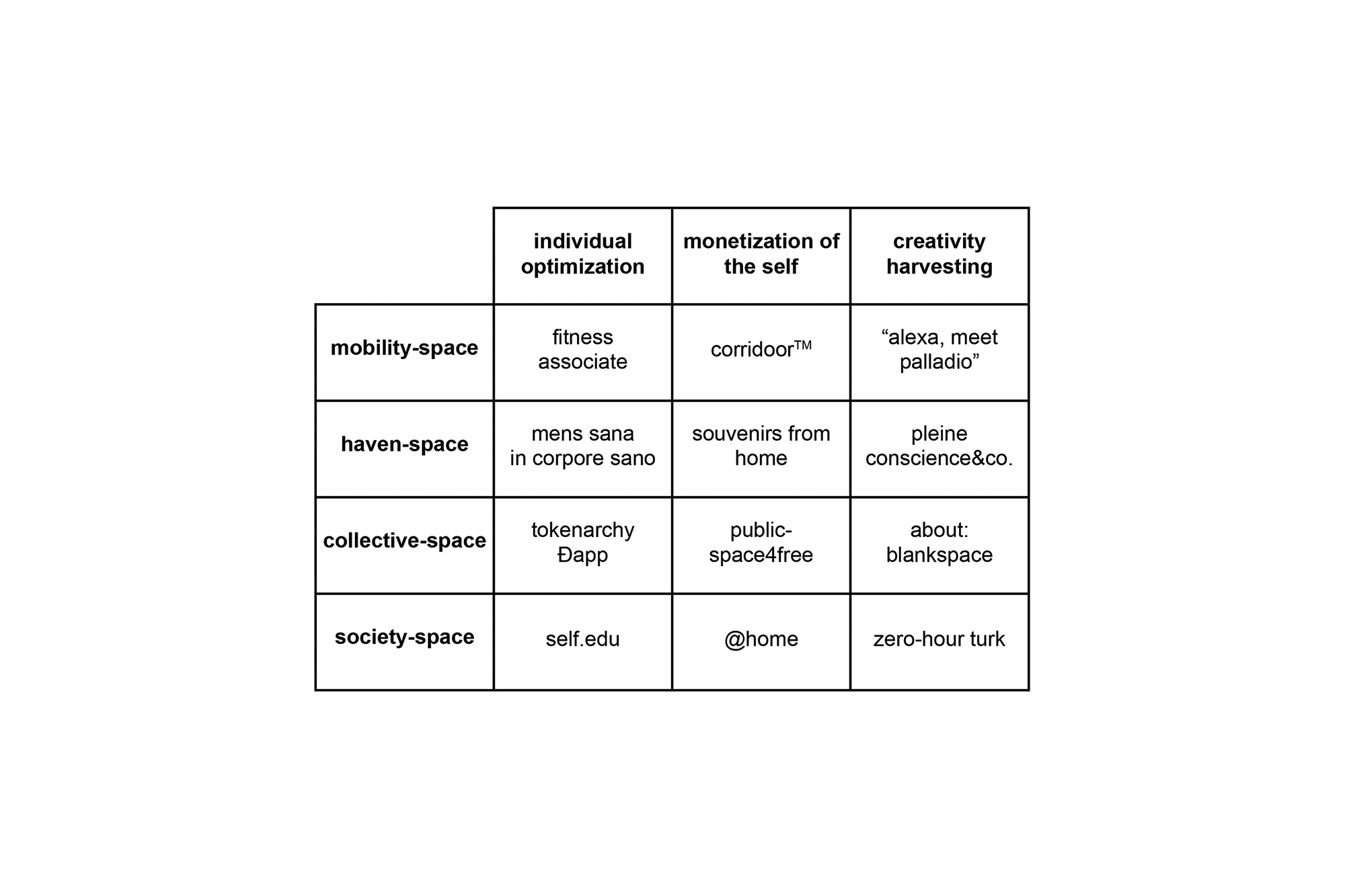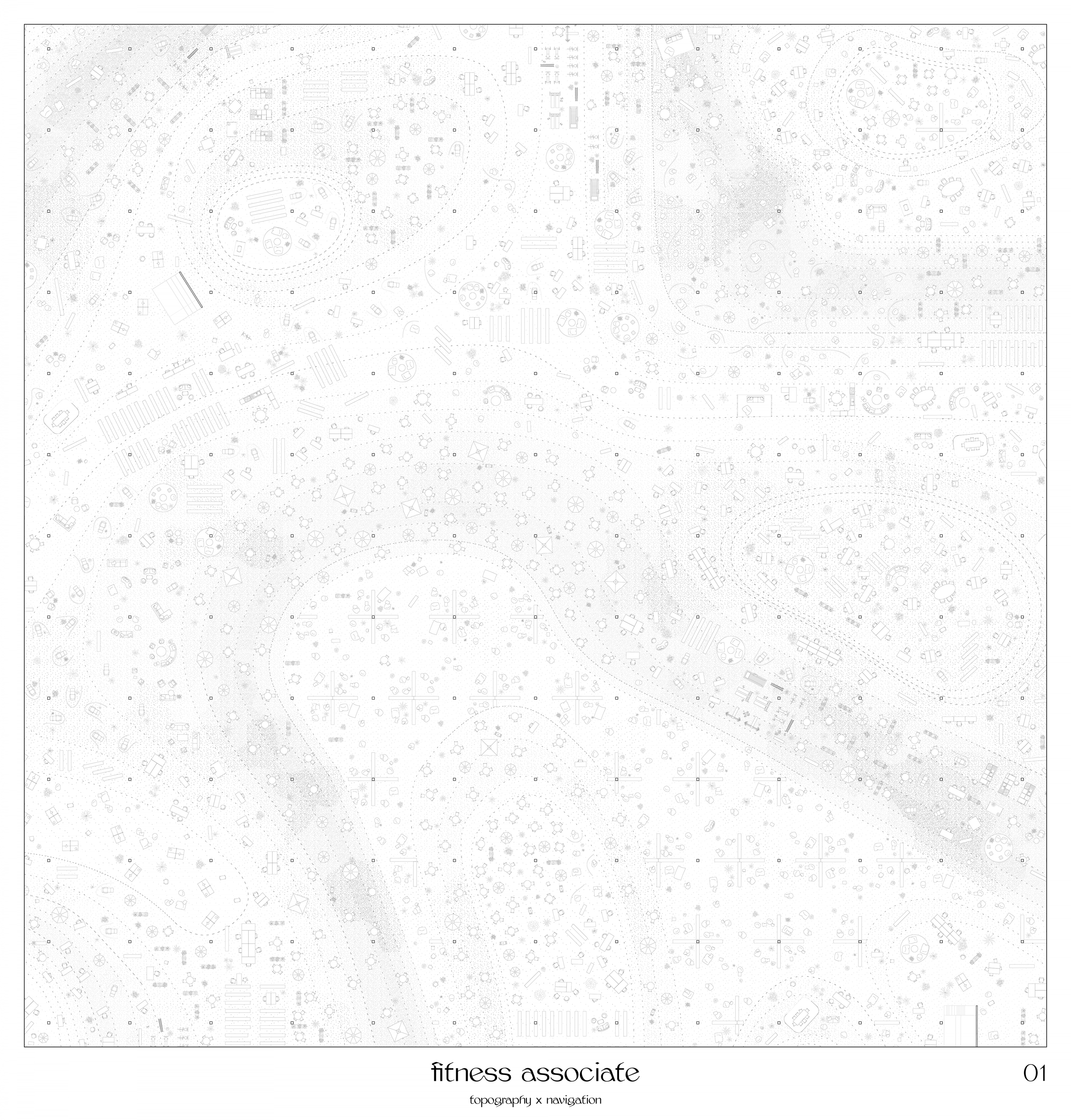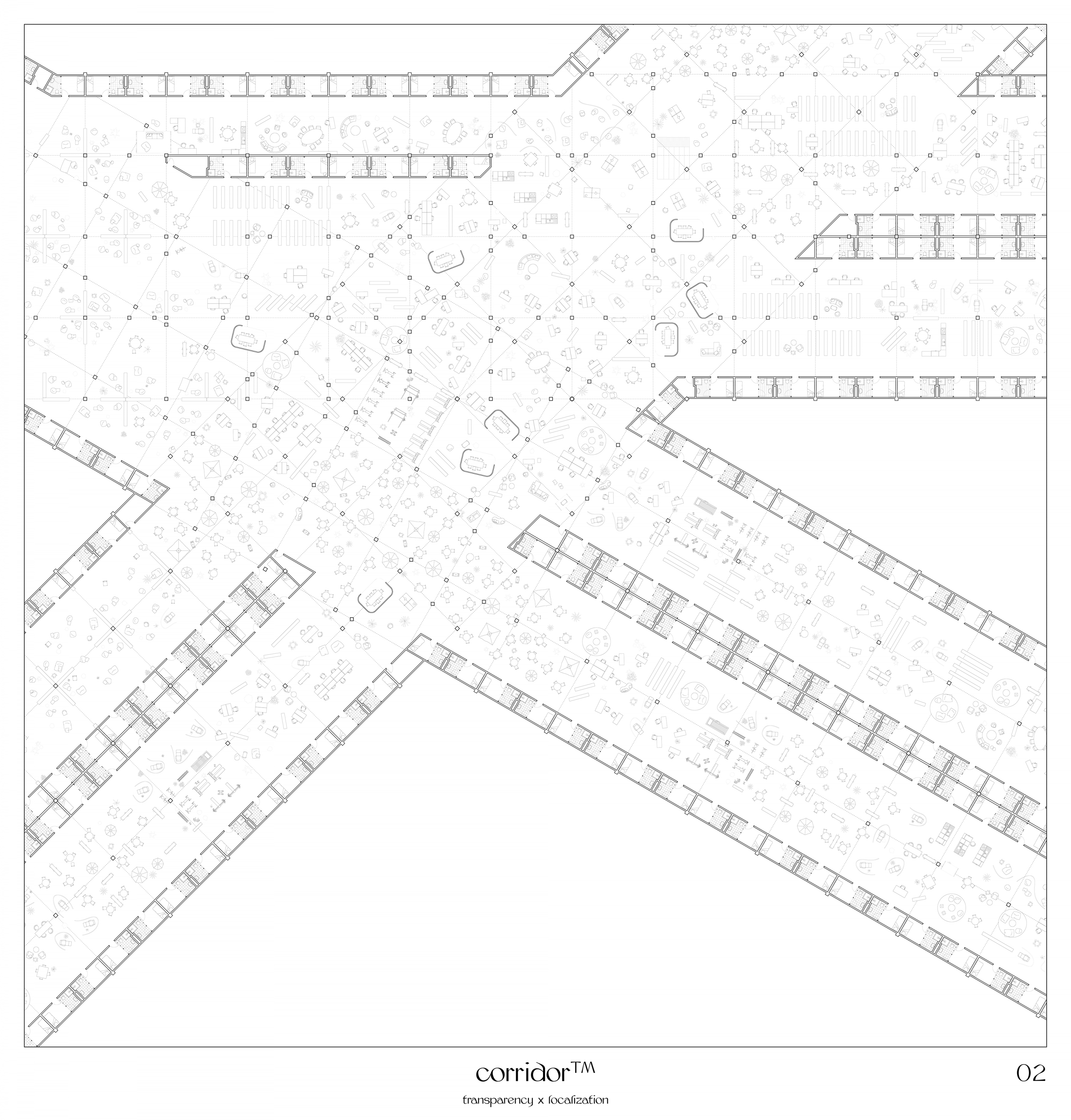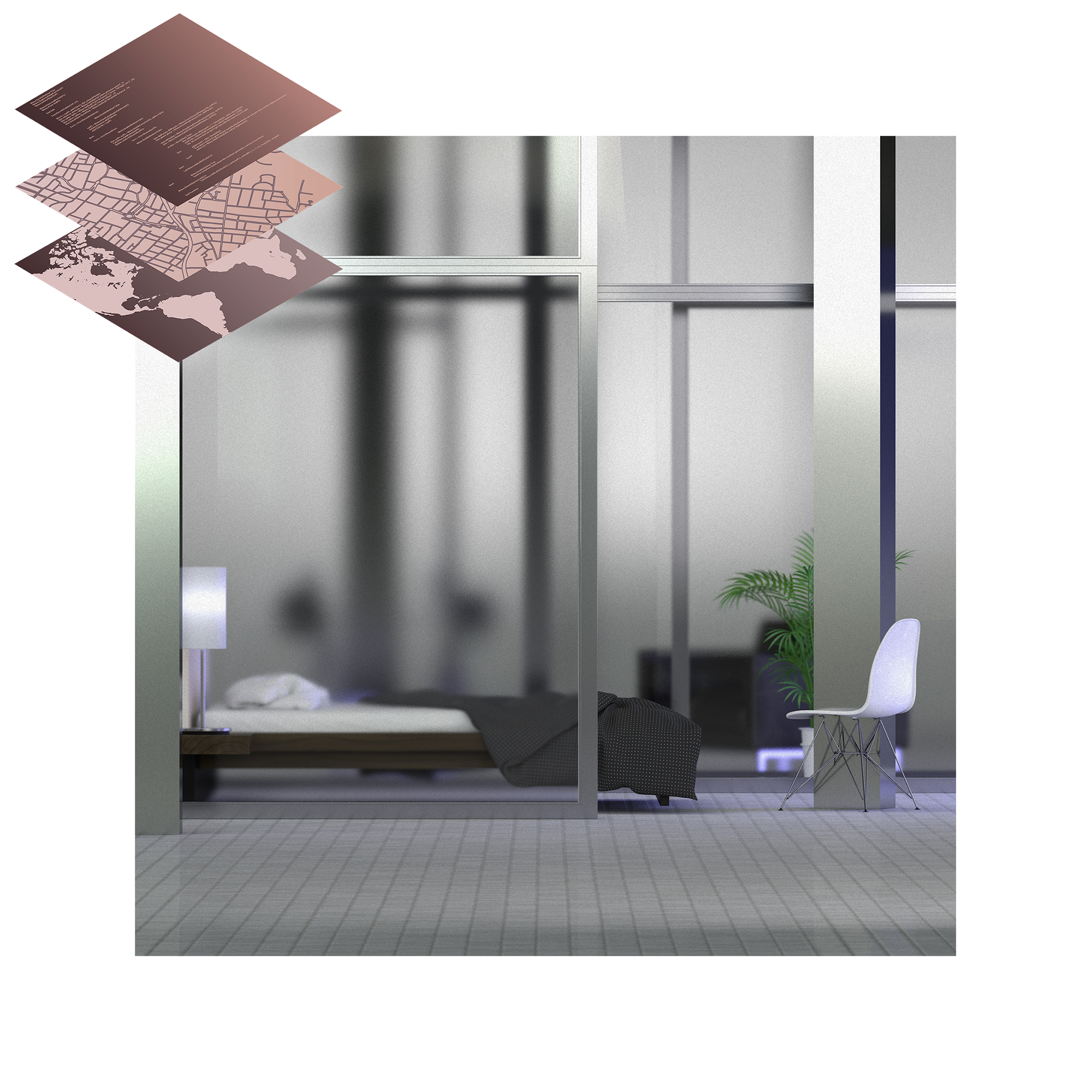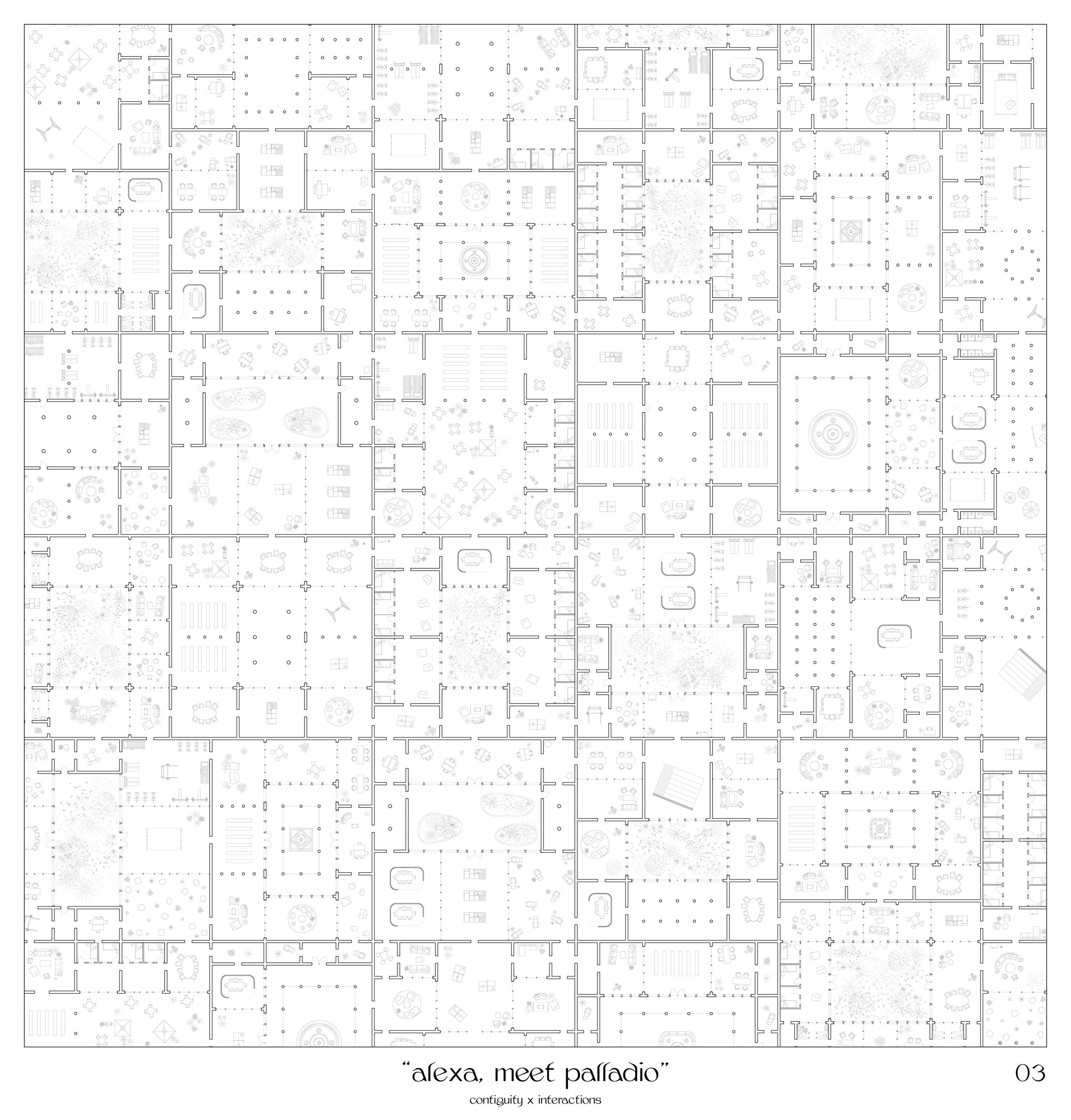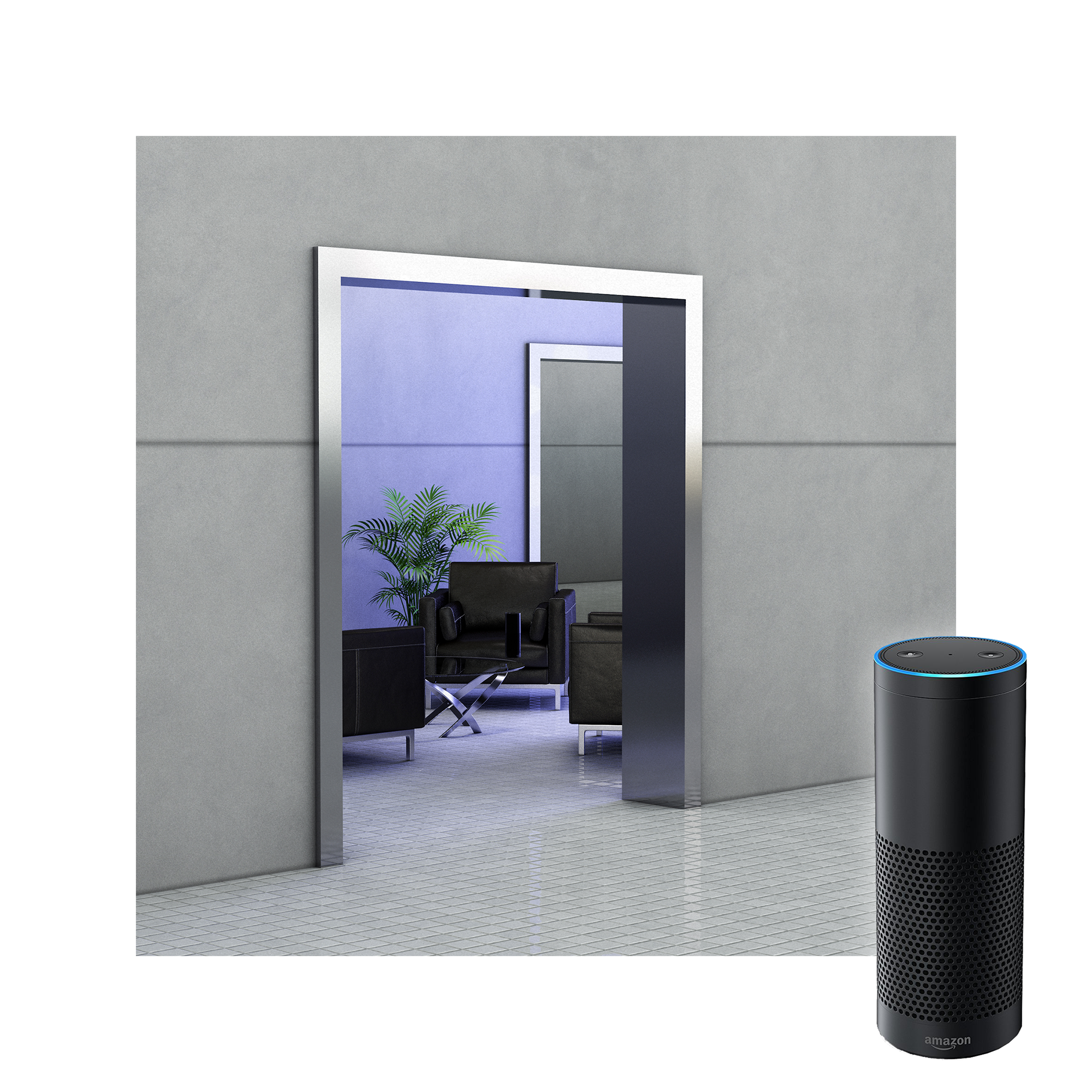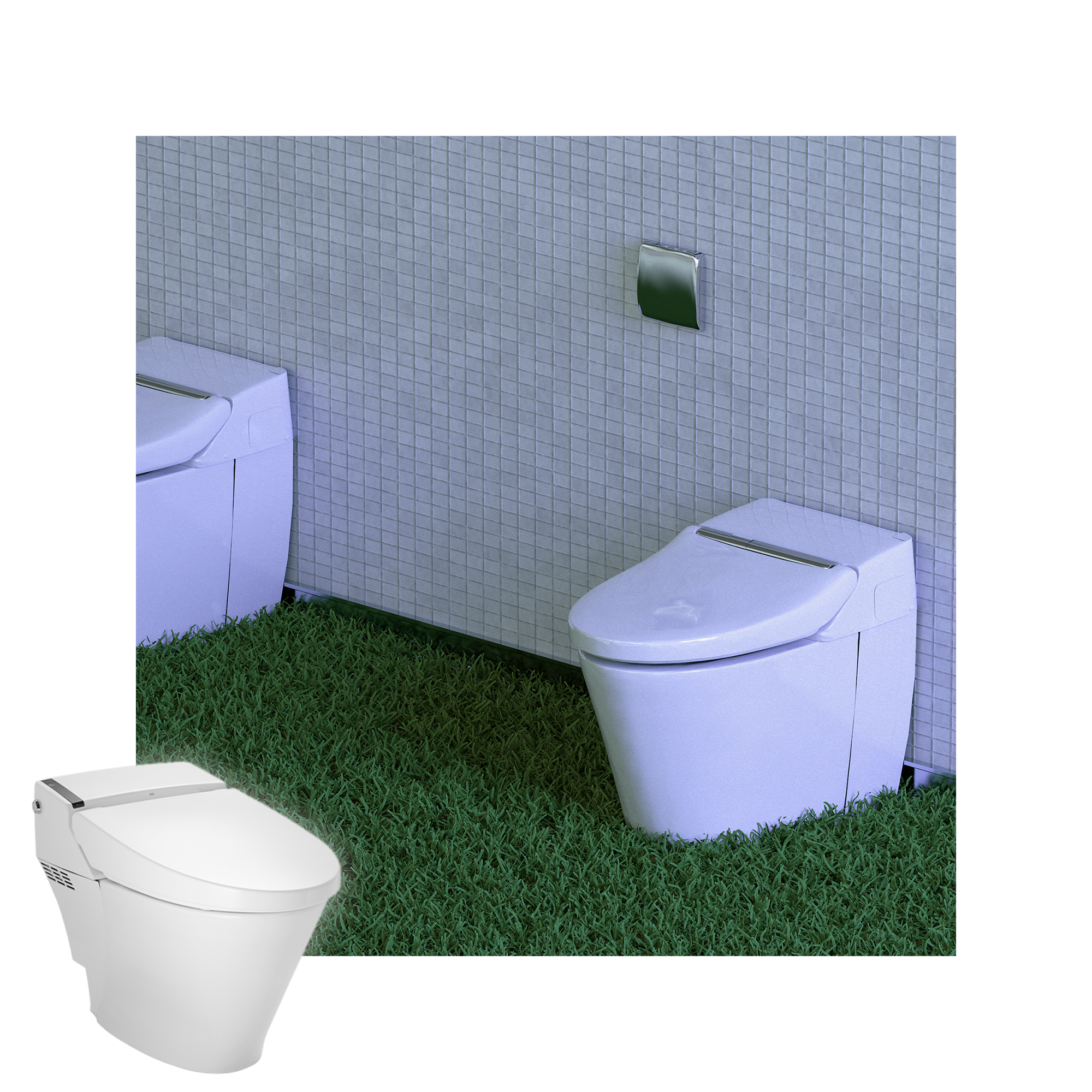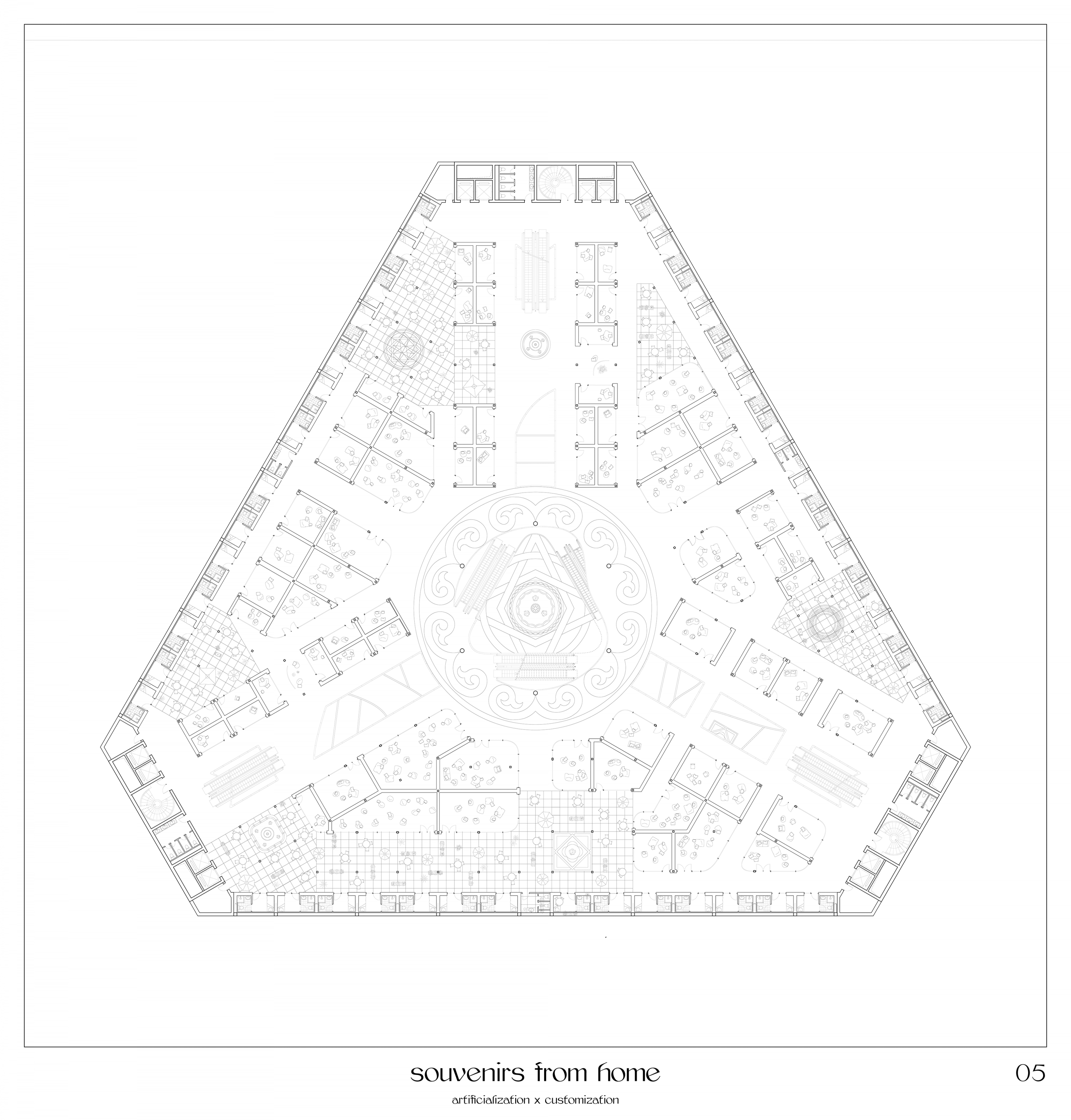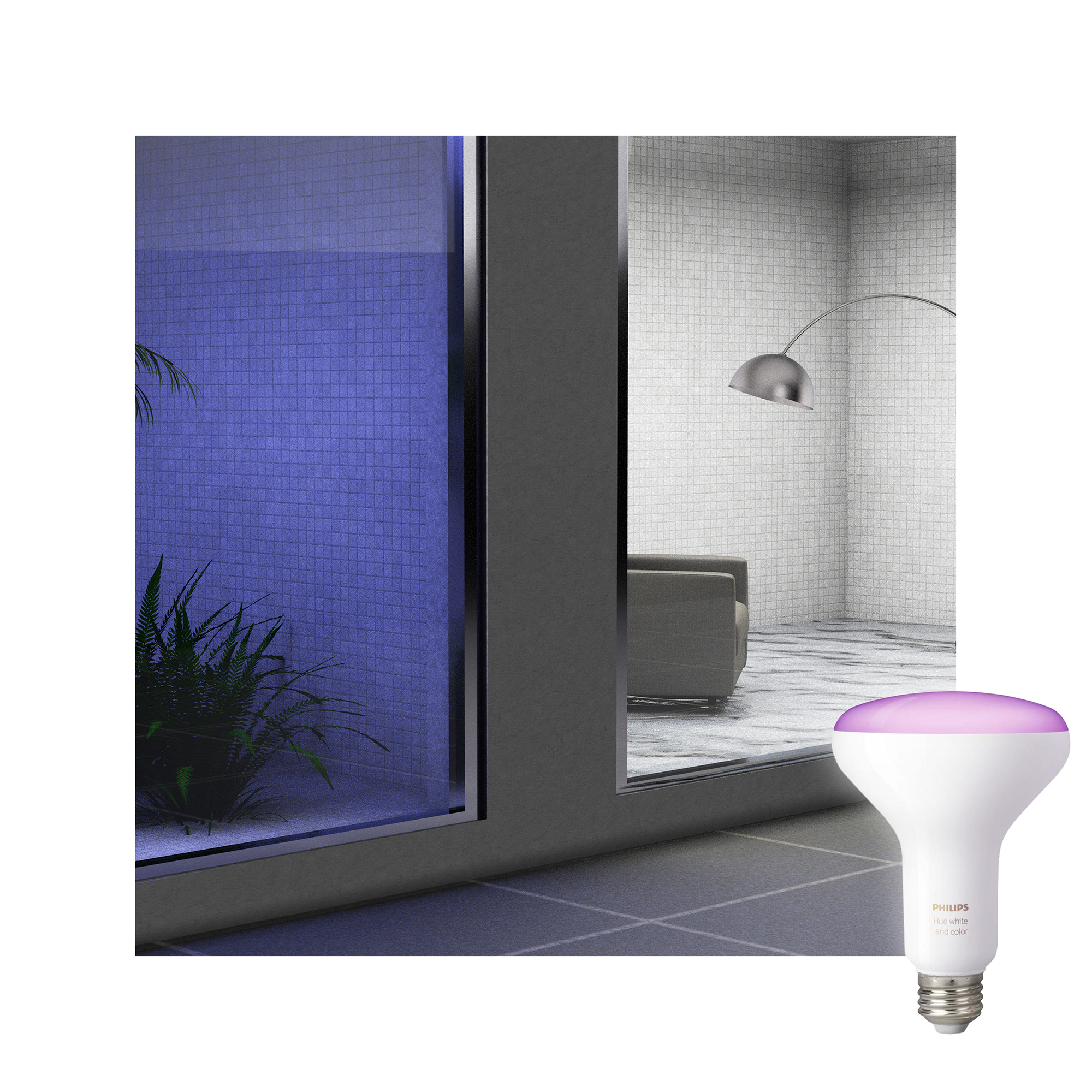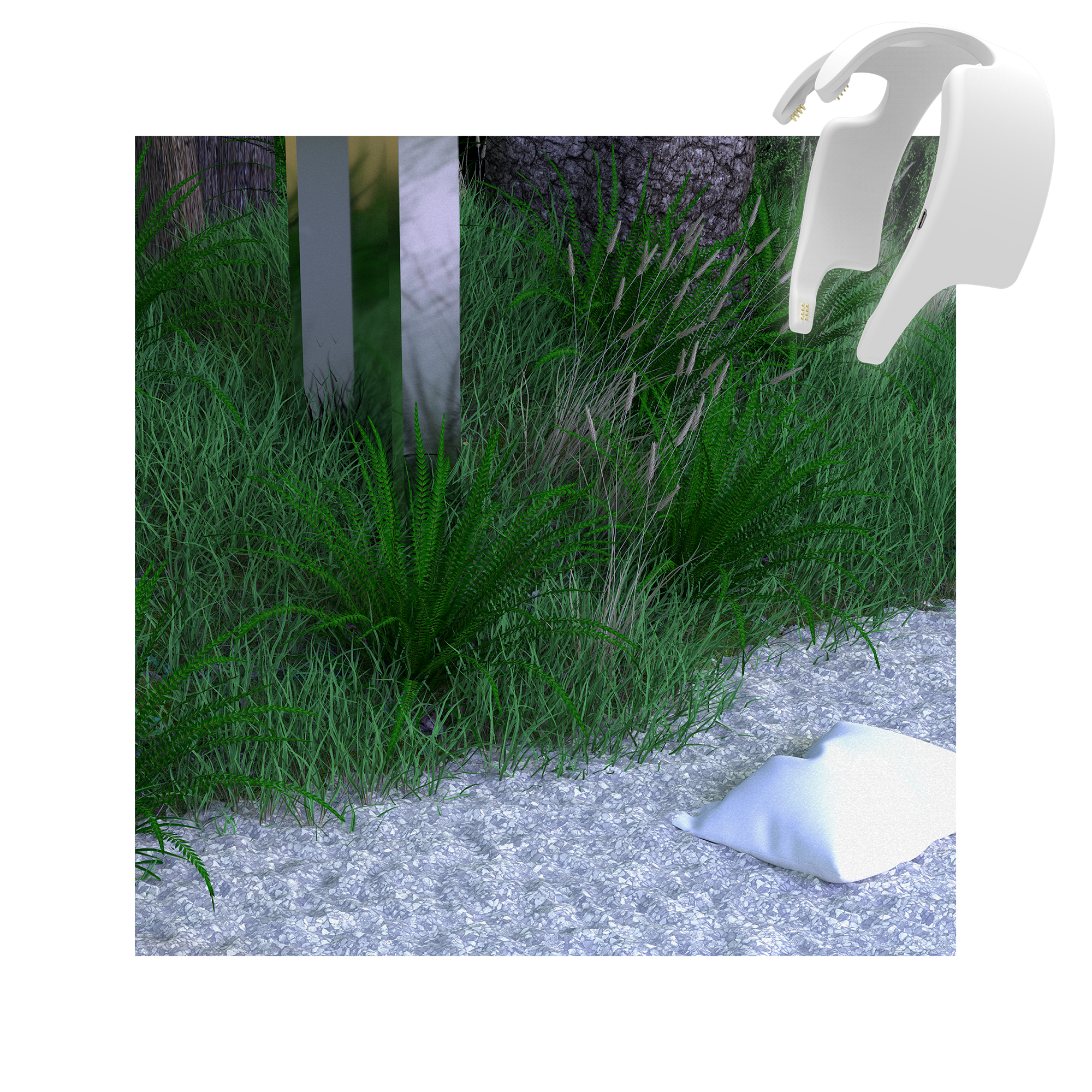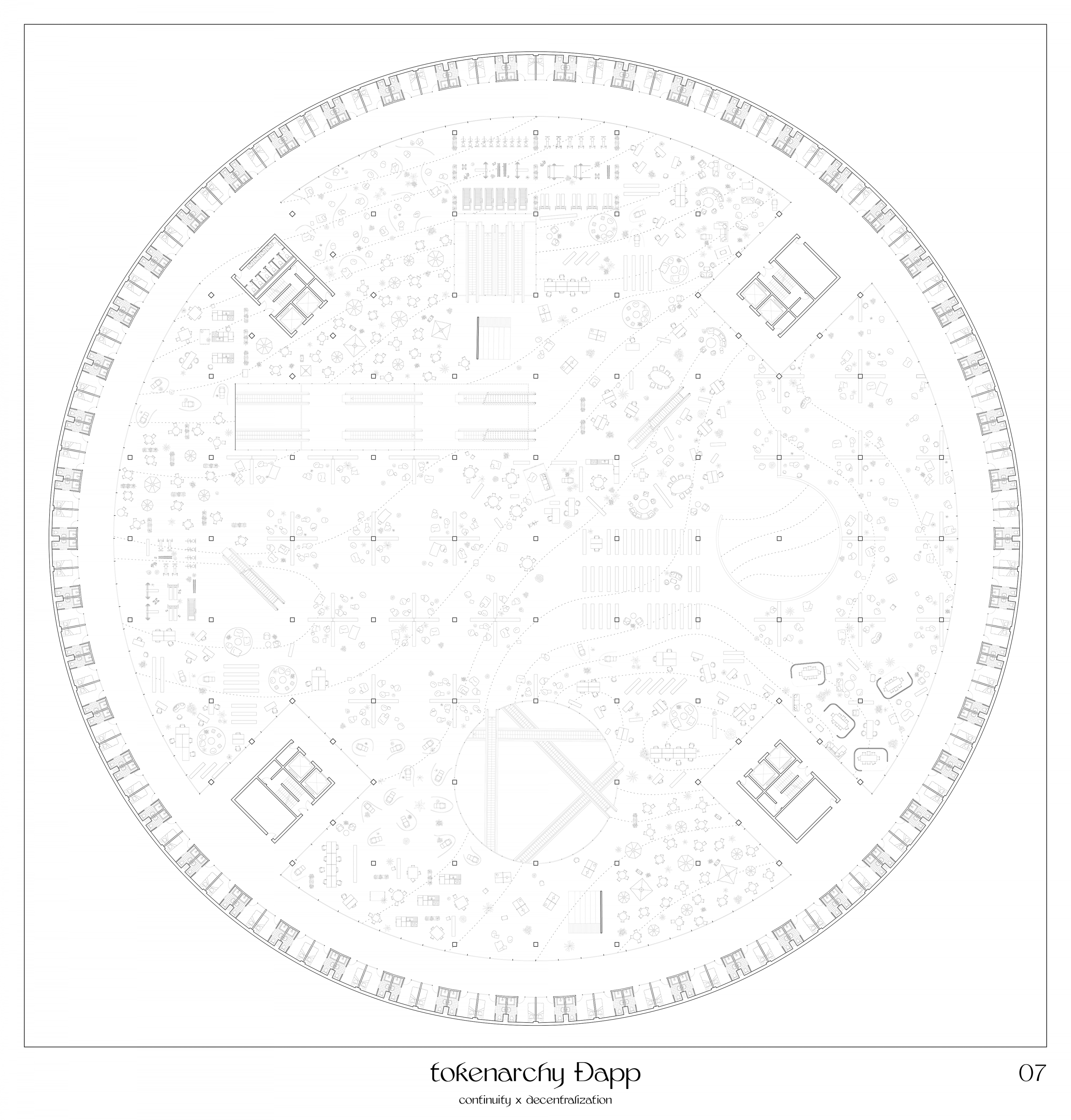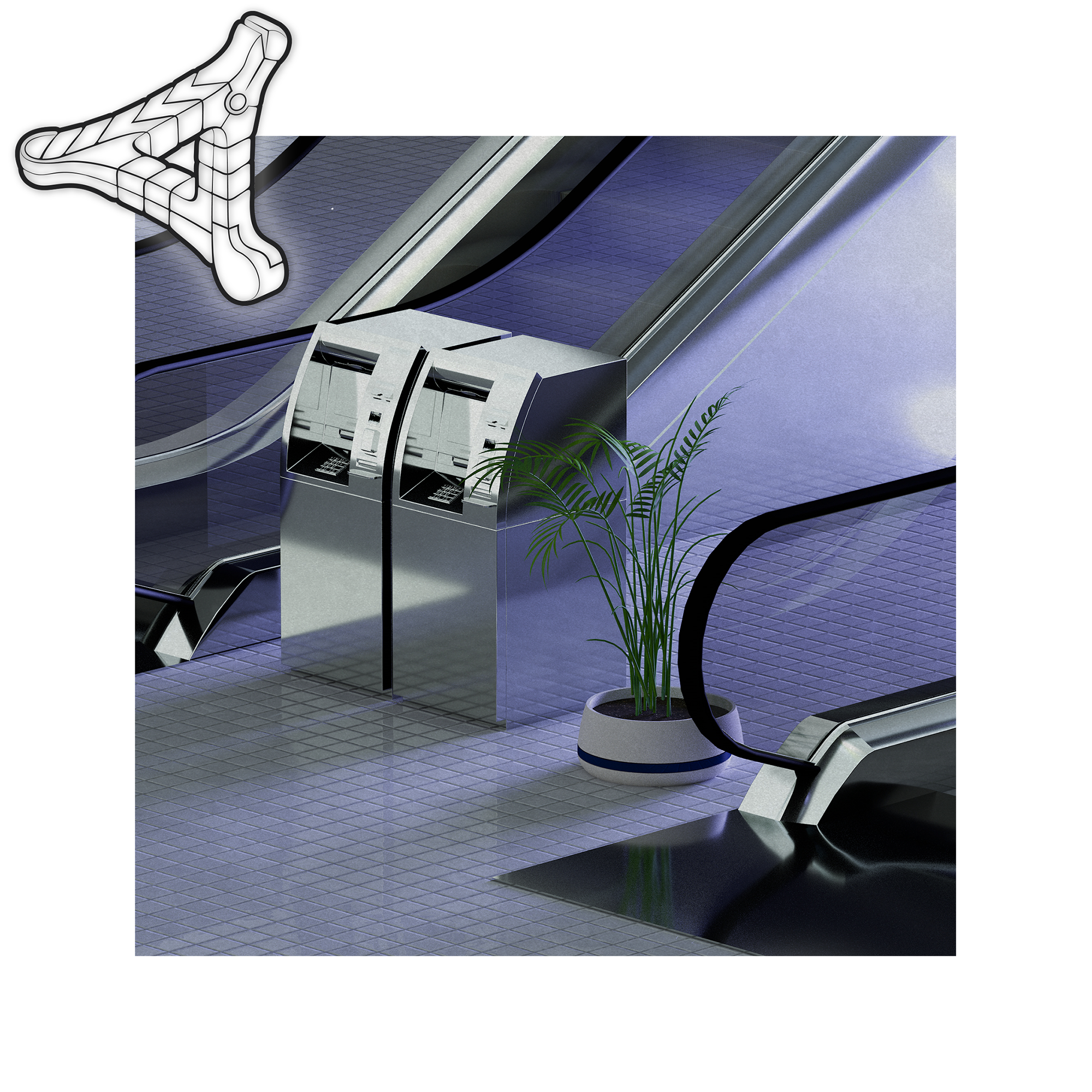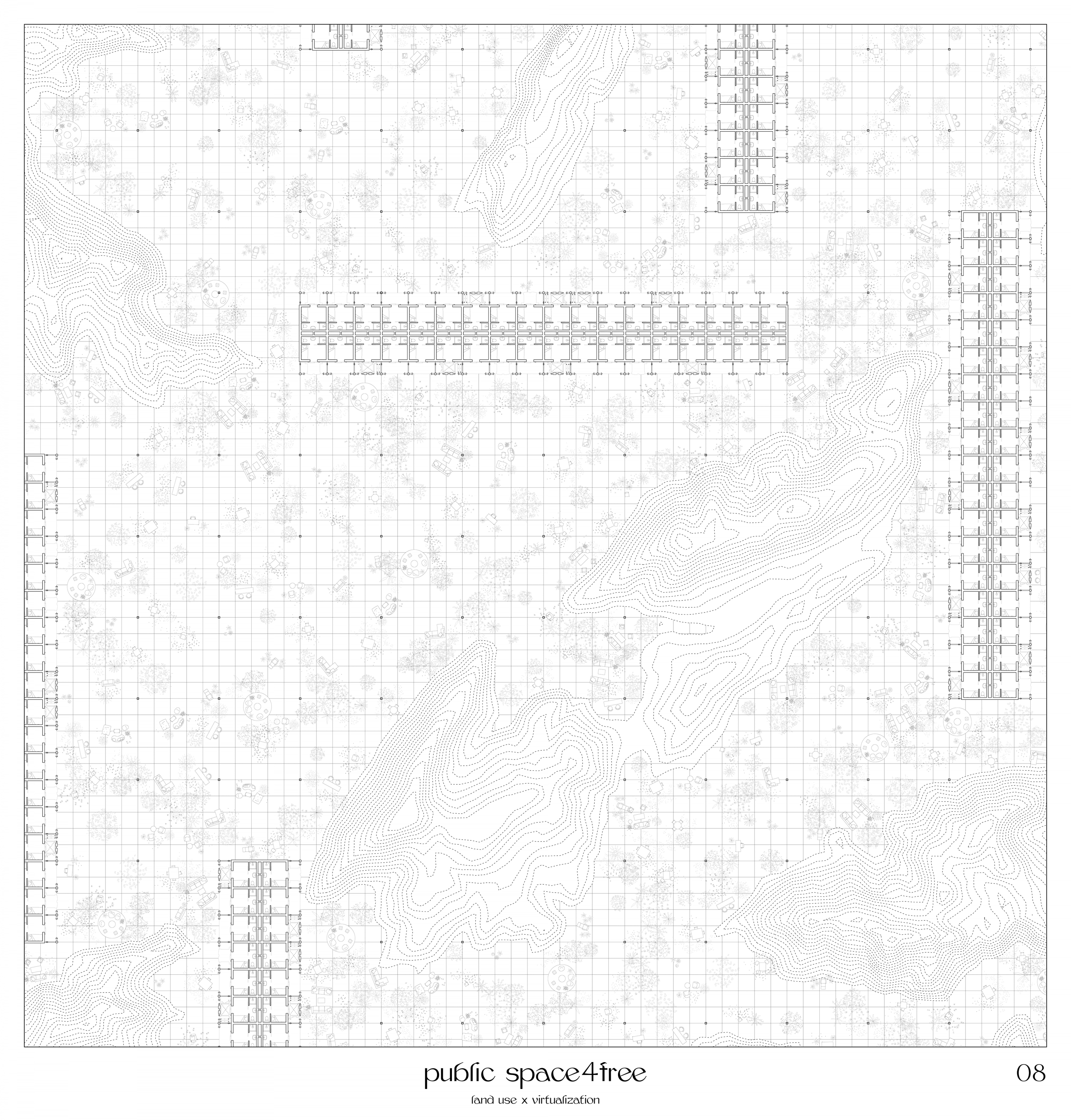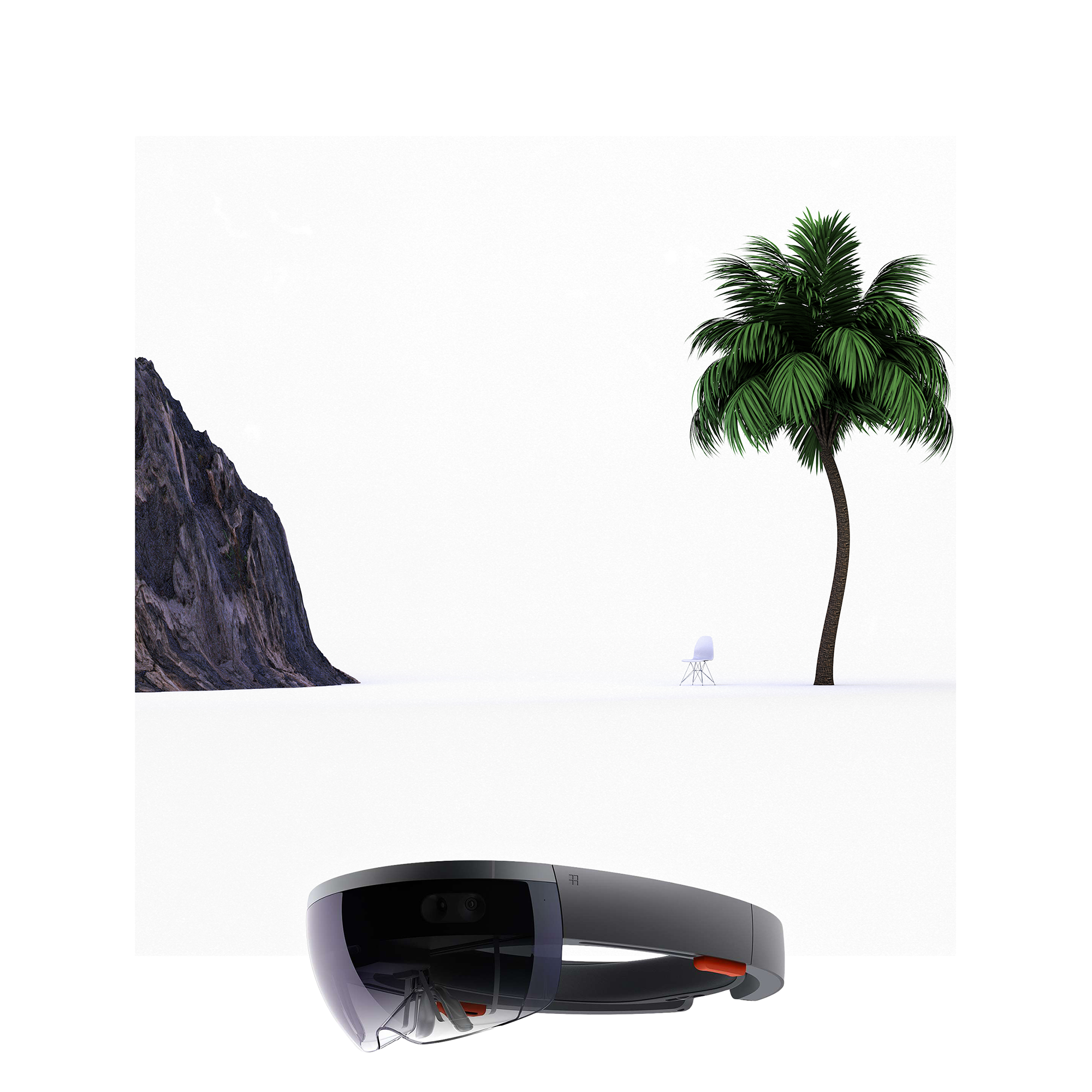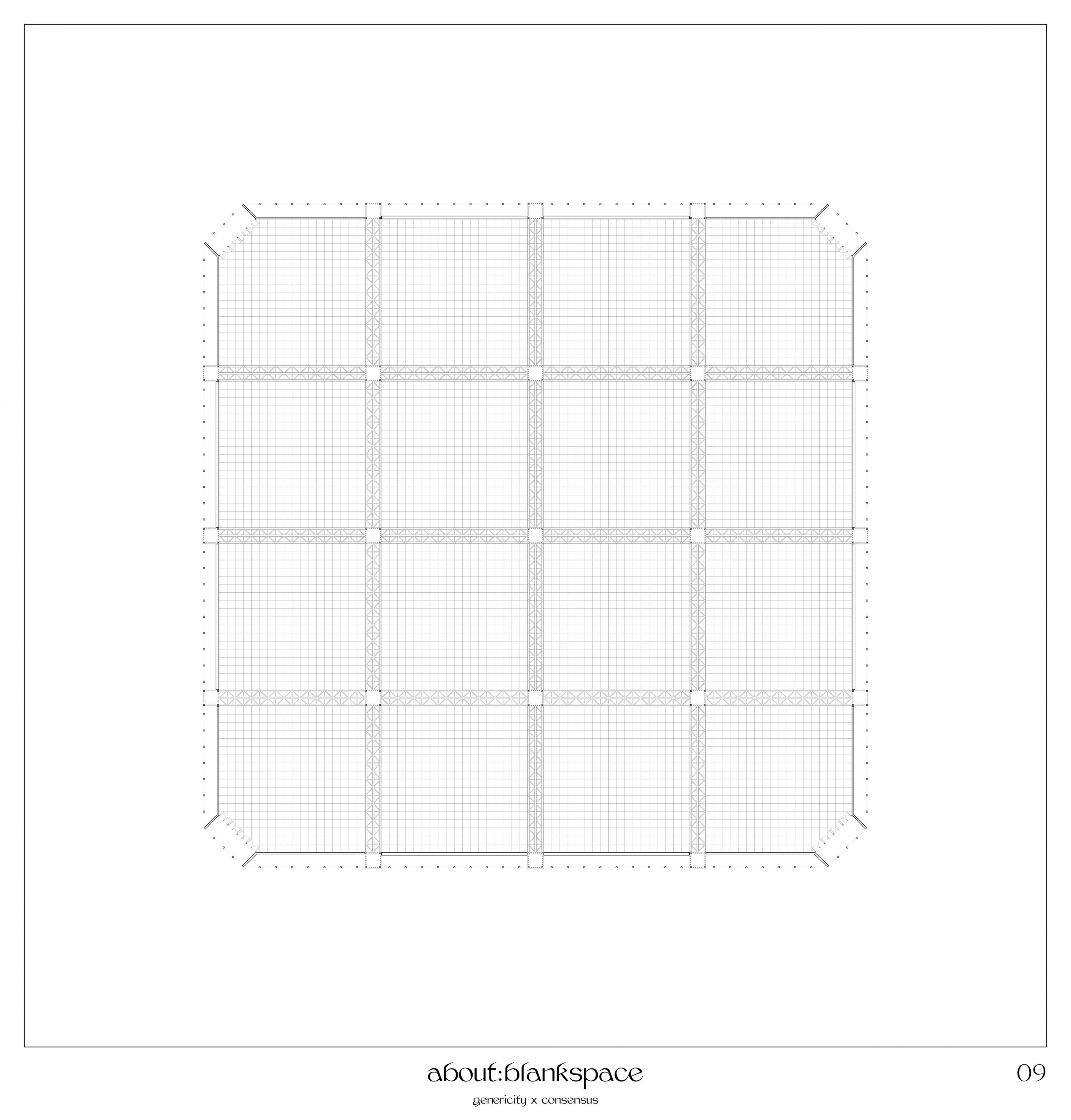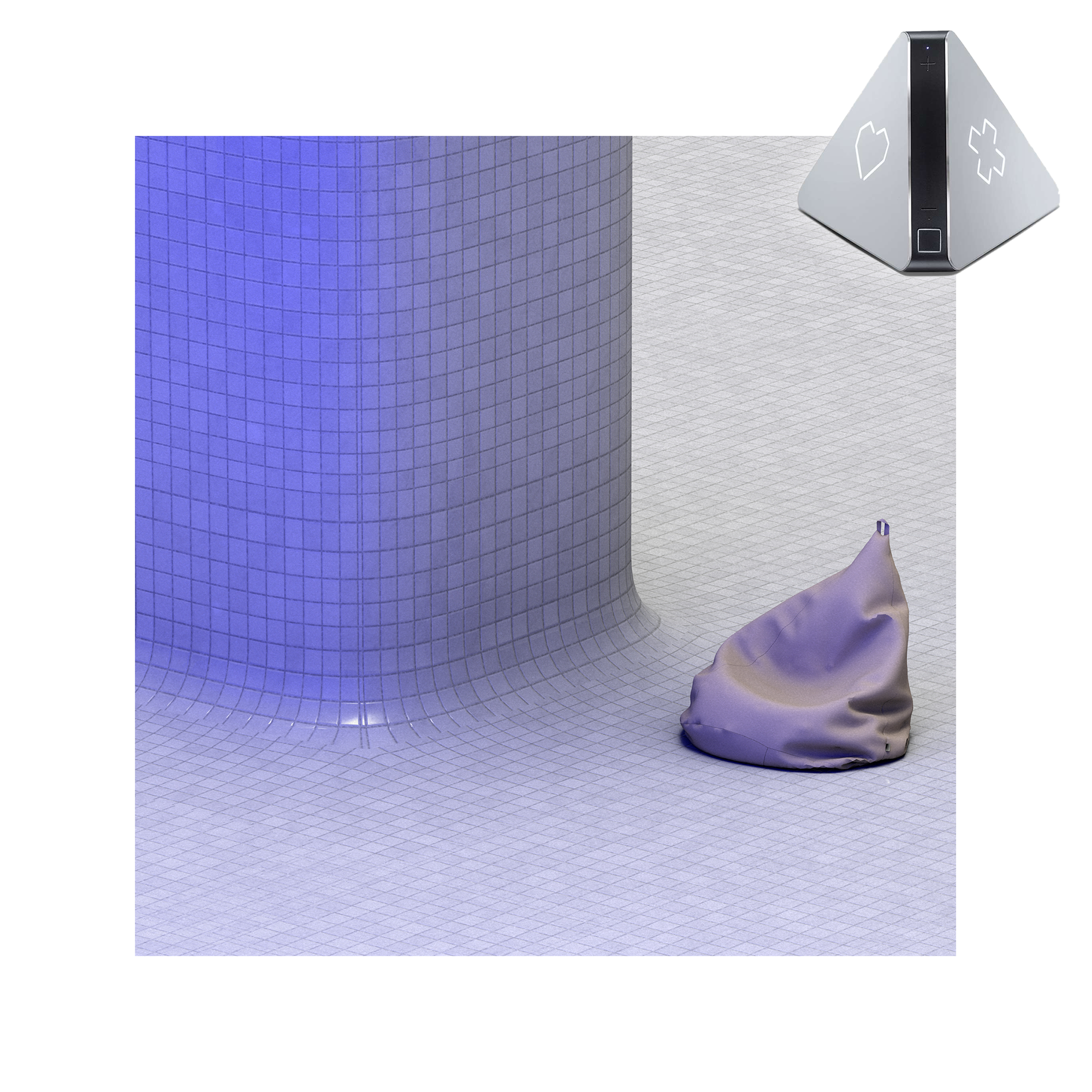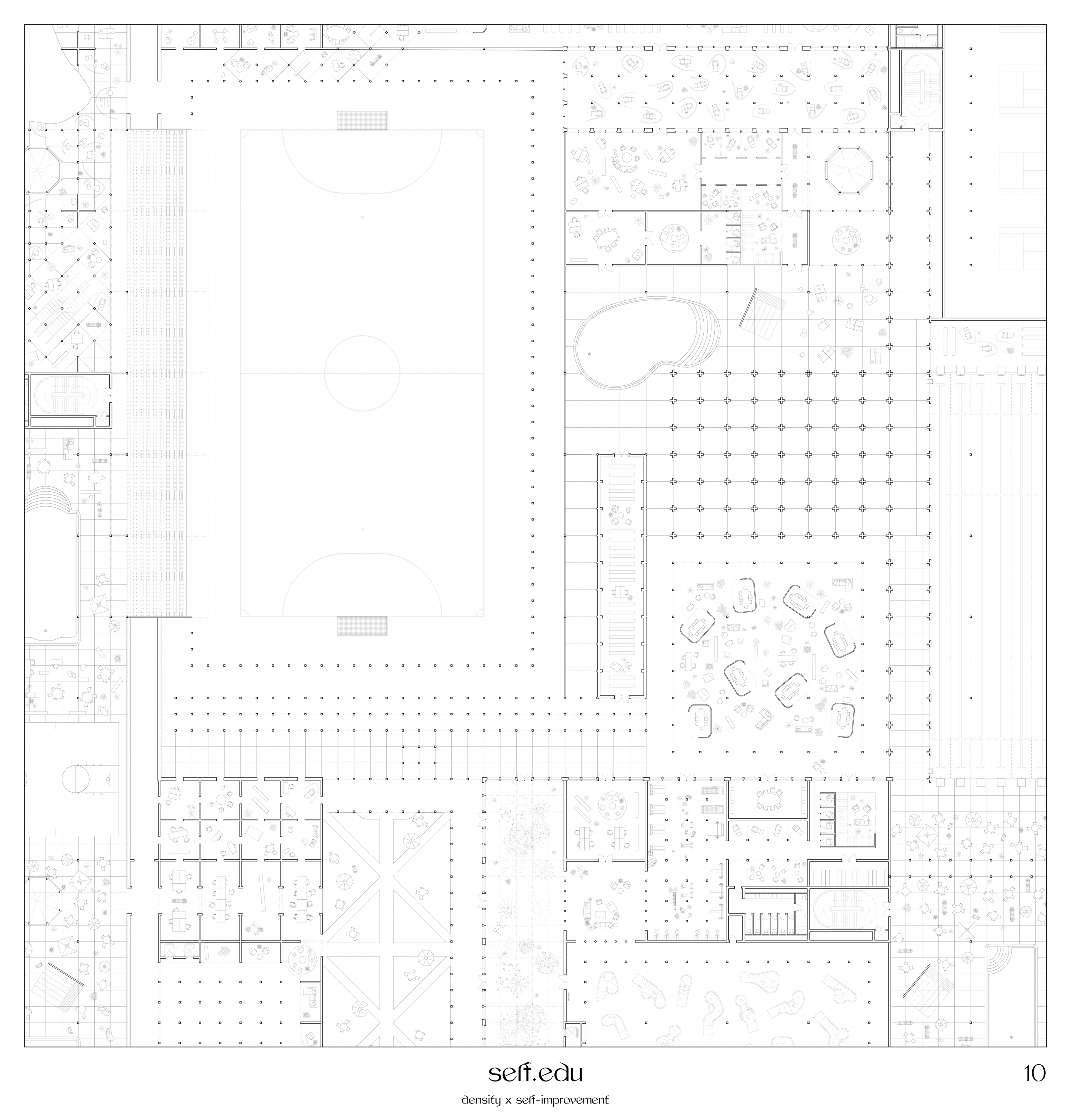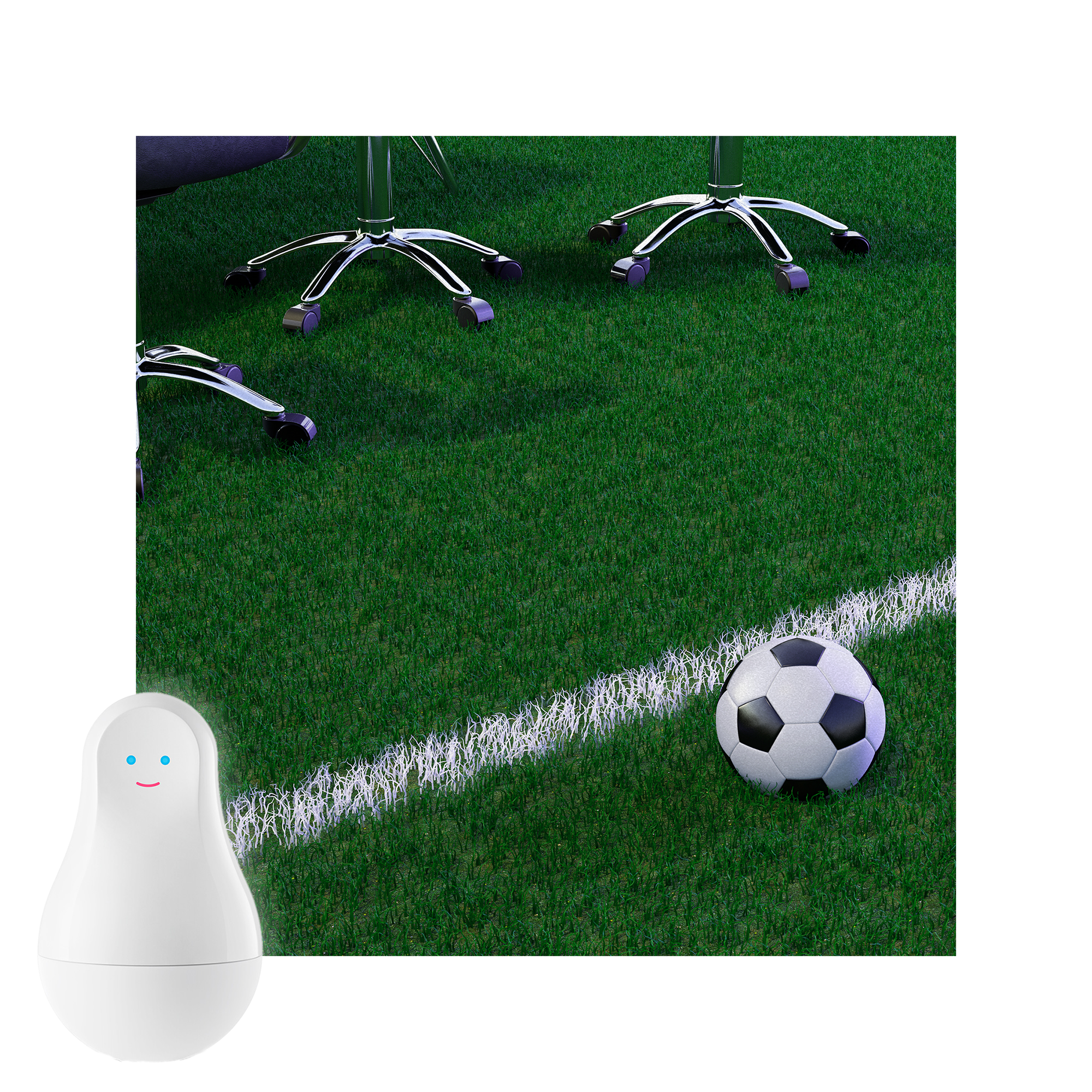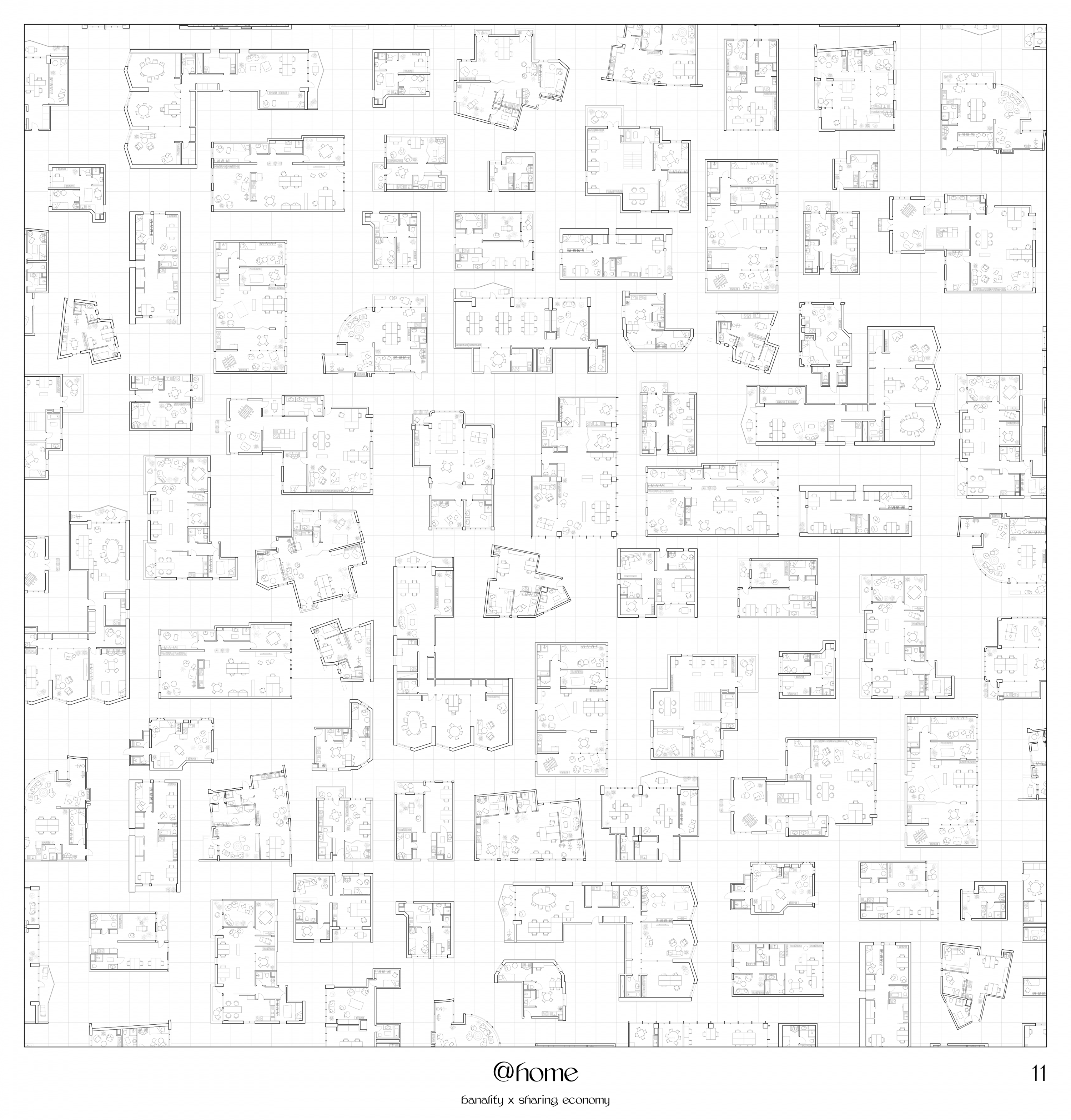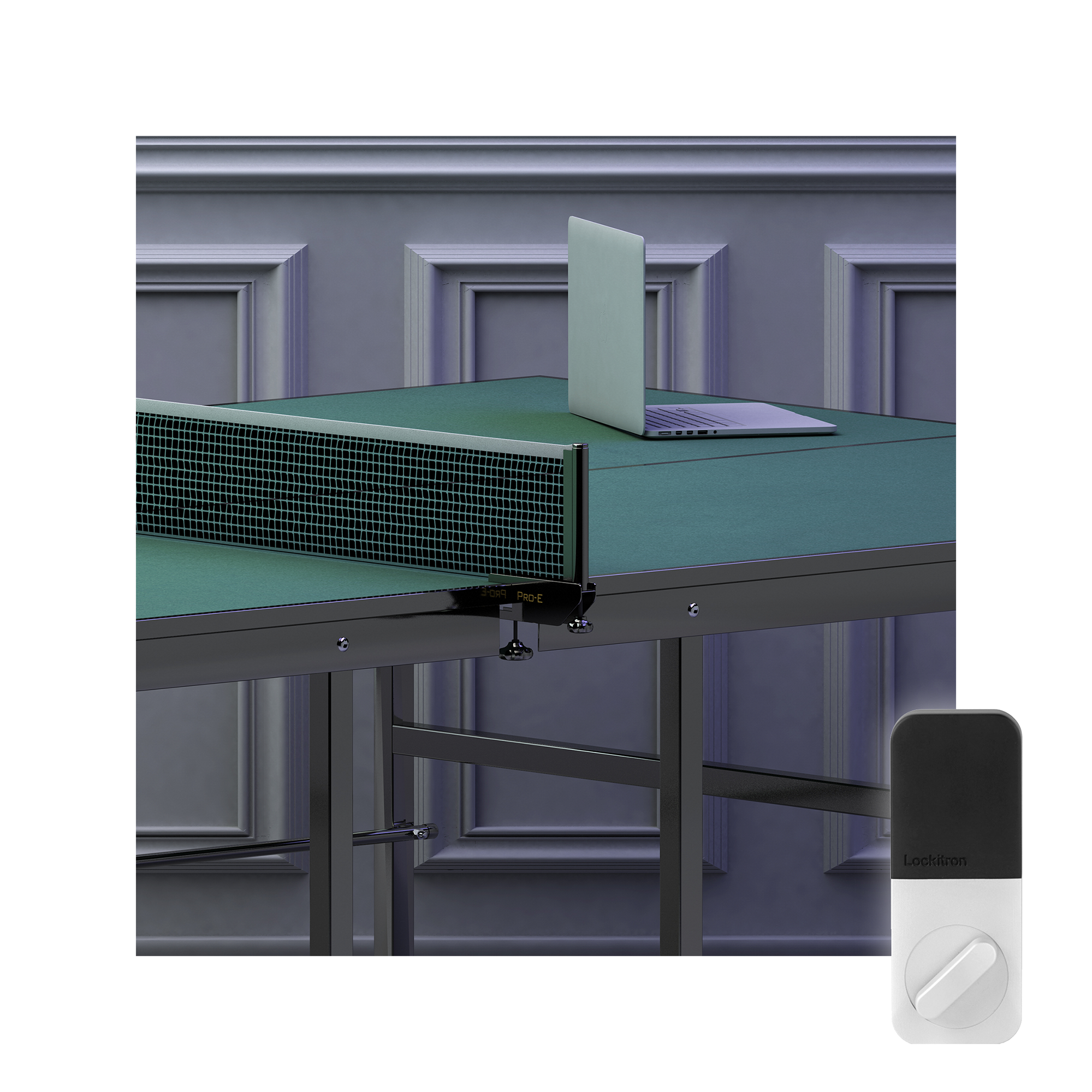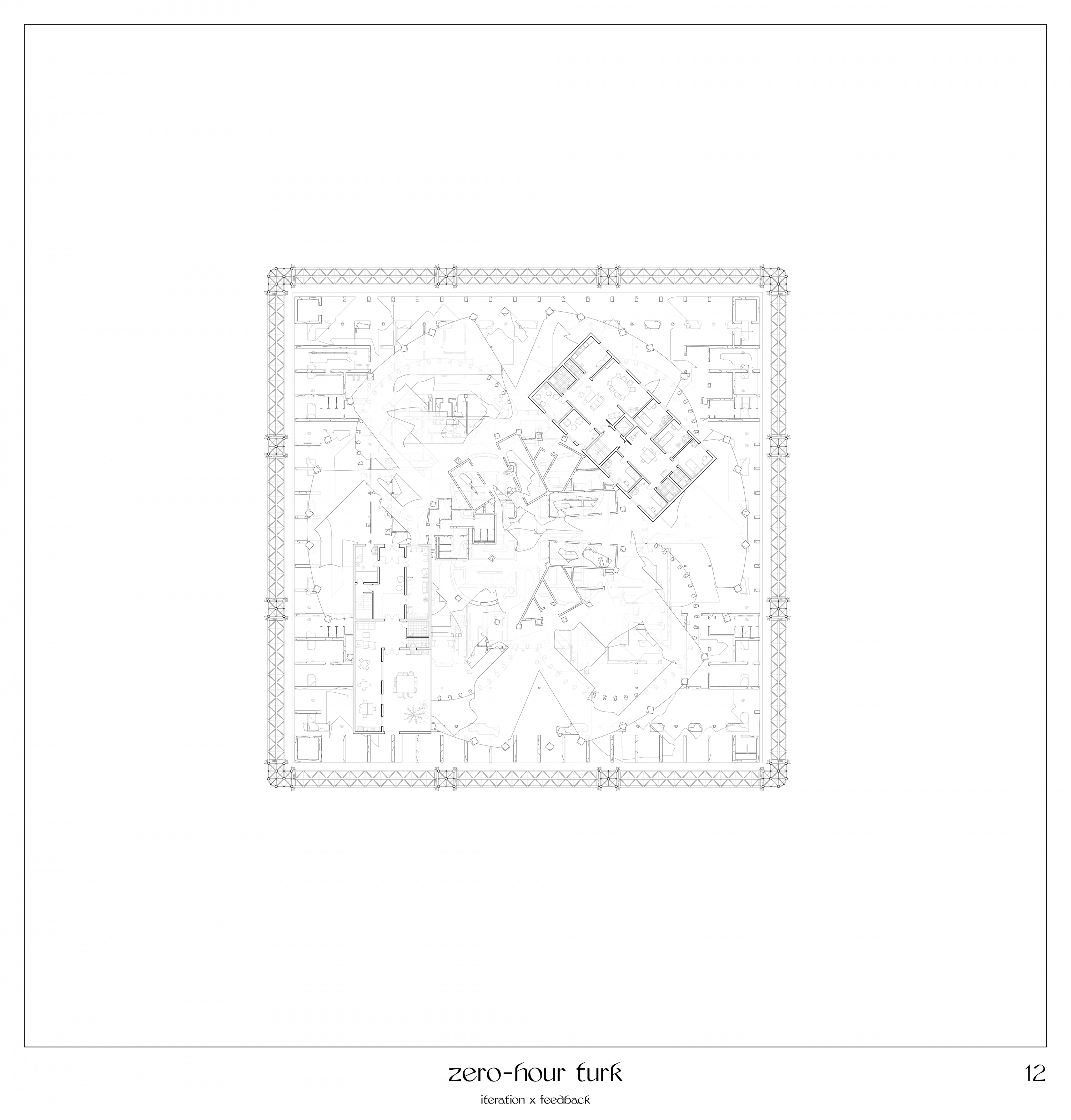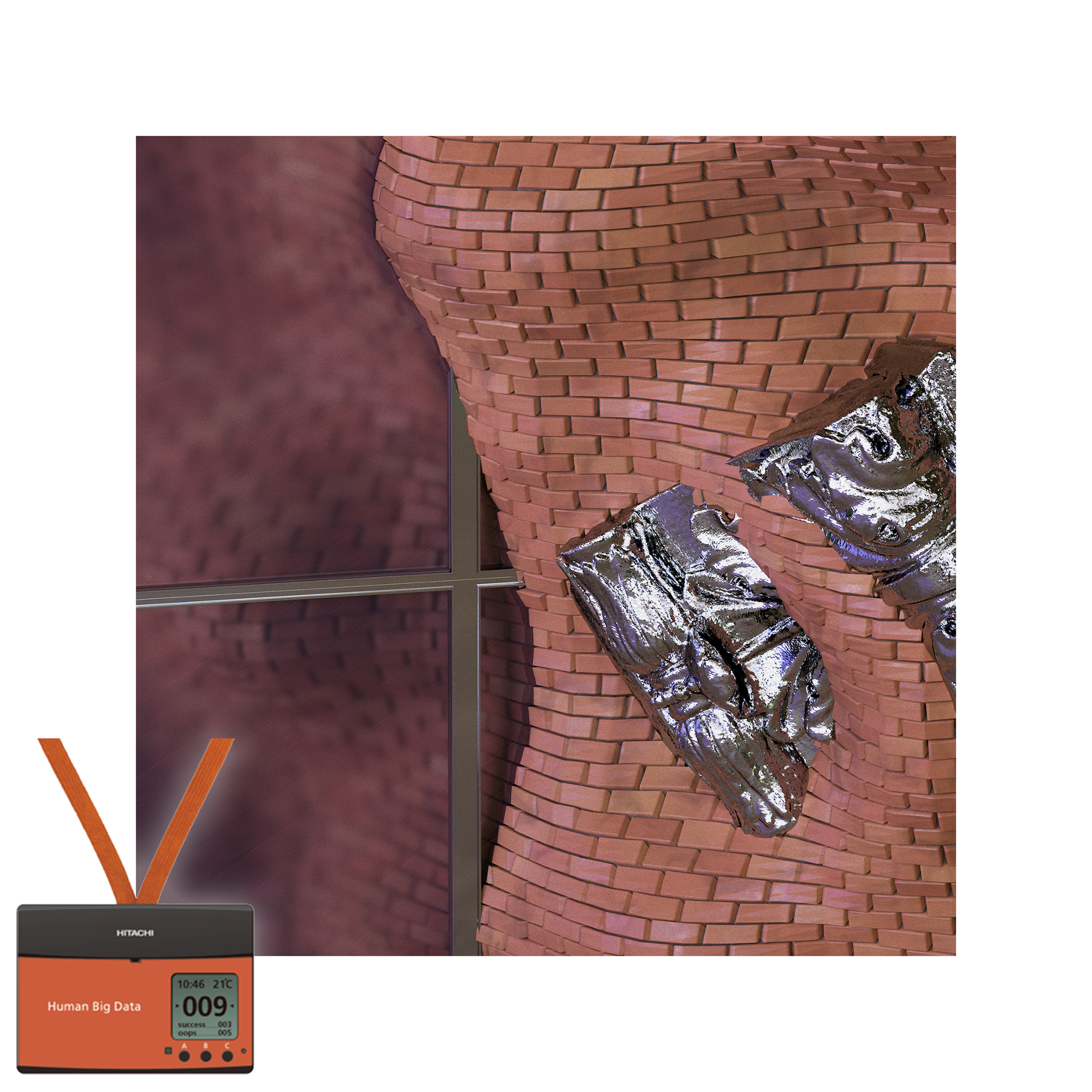Master Thesis conducted in ENSA Paris-Malaquais, supervised by Mario Carpo (director), Jeremy Lecomte (co-director) and Christian Girard (thesis supervisor).
More than a representation of power and capital, the workplace and its spatial organization principles act as a mechanism of value production.¹,² Since its birth in the late 18th century, the white-collar workplace has evolved in response to particular technological innovations, social ecosystems, workers struggle and design principles.³
However, the recent development of information and communication technology – and especially the ubiquity of the network – tend increasingly to blur the differentiation between workplace and domestic space, work and leisure, production and consumption. While network information economy transformed manual labor into cognitive labor,⁴ the Internet of Things and large-scale adoption of smart objects participate in the creation of a spatialized information economy. We are currently witnessing the rise of a new kind of space of indeterminate nature, in which every daily action that can be recorded, analyzed and used by third parties eventually creates value,⁵ consciously or unconsciously, in the name of efficiency and well-being. In this context, commodification of the self and every aspect of one’s life are facilitated by an increasing panel of high-resolution smart objects and technologies such as the blockchain and machine learning, invoking a complex mesh of technical, social and political actors.⁶
The HYPERWWWORK project, through the analysis of architectural plans spanning over two centuries and prospective fictional thinking, sheds light on these existing phenomena otherwise hardly perceived. Inspired by the caricatural approach of Superstudio,⁷ “Twelve Ideal Offices” invites one to take a step back so as to evaluate the consequence and the risks of the implementation of smart technologies by focusing on spaces, interactions and behaviors usually not associated with value production or mechanisms of control. HYPERWWWORK thus extrapolates a social, technical and architectonic context in which these technologies are embedded, and seeks to reveal the role of architecture in this new paradigm. Using plan drawings as an expression of spatiality, each of the twelve projects investigates the spatial logics prone to maximize the implementation of a smart object or IoT system, while emphasizing an architecture of “soft-production”, which uses a familiar, domesticated and contemplative language which dissimulates the productive aspect of space and the labor it involves – self-improvement, creativity stimulation, decentralized consensus or morality acting as a veneer of legitimacy.
¹ Pier Vittorio Aureli, “The Barest Form in which Architecture Can Exist”, in A-TYPICAL PLAN : Projects and Essays on Identity, Flexibility and Atmosphere in the Office, edited by Jeannette Kuo (Zurich: Park Books, 2013).
² Rem Koolhaas and Bruce Mau, « Typical Plan », in S, M, L, XL (New York: Monacelli Press, 1995), pp 334-353.
³ Nikil Saval, Cubed : A Secret History of the Workplace (New York: Anchor Books, 2014).
⁴ André Gorz, L’immatériel : Connaissance, valeur et capital (Paris: Galilée, 2003).
⁵ Nick Srnicek, Platform Capitalism (Cambridge, UK: Polity Press, 2017).
⁶ Adam Greenfield, Radical Technologies : The Design of Everyday Life. (London / NY: Verso, 2017).
⁷ Superstudio, « Twelve Cautionary Tales for Christmas (12 Ideal Cities) », in Architectural Design, AD #12, Standard Catalogue Co. / Academy Editions, 1971.
